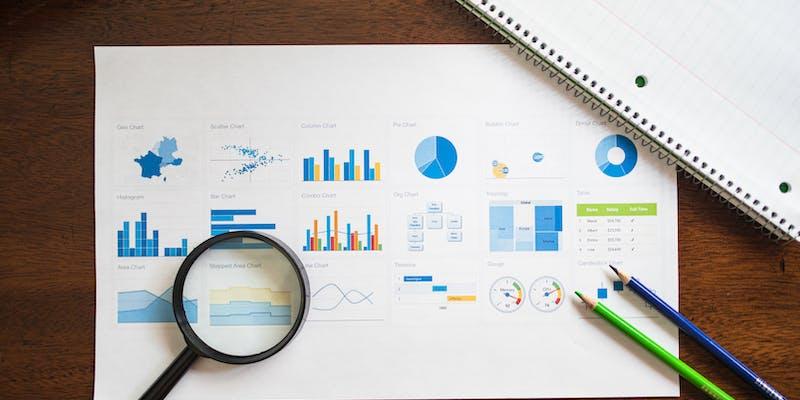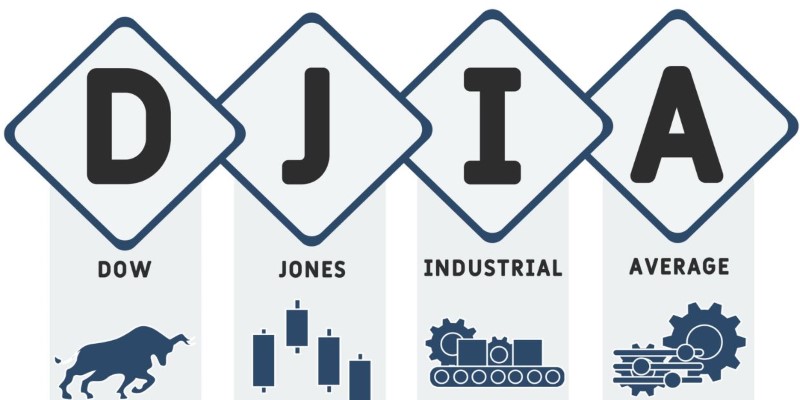What is Net National Product (NNP)? A Comprehensive Guide For You
Jan 04, 2024 By Susan Kelly
Net National Product (NNP) is a monetary degree used to evaluate a country's financial fitness. It is generally reviewed yearly, providing insights into how well a nation maintains its manufacturing skills. NNP is unique as it considers the profits of all citizens, irrespective of where they earn it, and acknowledges the need for funding to retain excellent production.
NNP's price is proven in a country's very own forex. For example, it's in US greenbacks (USD) within America and euros (EUR) in the European Union. Calculating NNP involves taking the Gross National Product (GNP) and deducting the depreciation of assets, reflecting the decrease in asset price due to wear and tear or aging.
Net National Product Calculation
To compute NNP, you can use this net national product formula:
NNP=Market Value of Finished Goods (MVFG) + Market Value of Finished Services (MVFS) − Depreciation
In simpler terms, add the market values of goods and services, then subtract the depreciation.
Alternatively, NNP can be figured out as:
NNP=GrossNationalProduct−Depreciation
Consider this example: If in 2018, a country (let's call it Country A) produced goods worth $1 trillion and services valued at $3 trillion, and its assets depreciated by $500 billion, then Country A's NNP would be:
NNP = $1 trillion + $3 trillion - $0.5 trillion = $3.5 trillion
This calculation presents a good measure of the country's net product after deducting the aging and depletion of productive assets.
The Significance of Net National Product

The net national product formula is another statistical figure within the complex field of economics. However, its relevance in our everyday lives is a ways-attaining and should no longer be underestimated. The NNP is a key indicator of a nation’s financial health, influencing selections ranging from migration to monetary investments.
For example, a sturdy NNP often alerts a wholesome and growing economic system. These records may be important while considering relocating to another US or assessing the stability of being compensated in a foreign currency. In essence, the NNP gives a clear picture of a nation’s monetary popularity, making it a useful tool for comparing the economic well-being of various regions.
While evaluating numerous nations, looking at their NNP boom fees is easy. A steadily increasing NNP indicates a thriving economy, while stagnant or declining figures could advocate financially demanding situations. For instance, in 2021, we stated a 5.7% growth in its Gross Domestic Product (GDP), a carefully associated metric to NNP. Such information may be instrumental in making knowledgeable selections about where to live or invest.
Environmental Sustainability and Net National Product
Environmental sustainability is increasingly crucial in comparing a nation's overall economic performance. It has been proposed that calculating a country's NNP must be within the depreciation of herbal resources and environmental degradation. This technique would provide a more accurate illustration of the impact of financial activities on a country's ecological property, including forests and mineral reserves.
For instance, the degradation of natural sources like deforestation in Brazil, which misplaced 1.7% of its woodland area in 2020, may impact the United States of America NNP if accounted for. This inclusion might inspire an extra holistic view of a rustic's economic boom, considering now not simply financial gains but also the price to the surroundings.
But, incorporating environmental factors into the NNP calculation isn't always without demanding situations. Quantifying the precise depreciation price of herbal useful resource extraction or the impact of pollutants is difficult. Despite those demanding situations, the significance of such measures can't be overstated. It's miles vital for international locations to discover a balance between economic growth and environmental renovation. For instance, international locations like Sweden, which aims to end up carbon neutral by using 2045, mainly demonstrate that monetary growth and environmental sustainability coexist. By adopting strategies prioritizing renewable energy and sustainable practices, they display that a sturdy economy should not come at the price of the surroundings.
Common Uses of Net National Product

Macroeconomics uses the Net National Product (NNP) as an important indicator to observe the level of national economic health and development. Firstly, it is a barometer of economic growth. By examining NNP trends, government officials can determine whether their economy is expanding or contracting and at what pace. Such data is vital for crafting economic strategies aimed at fostering growth. For instance, a consistent increase in the U.S. NNP by 2-3% annually signals steady economic development, guiding policy decisions.
Additionally, NNP plays a crucial role in evaluating living standards. A rising NNP often correlates with enhanced access to goods and services, indicating improved living conditions. It is basic for government leaders who want to guarantee their population's basic needs, such as food, housing, and healthcare. For example, nations like Norway or Switzerland with higher NNP per capita tend to have a higher living level than those with lower NNP per capita, such as Mozambique.
Lastly, the net national product brief is instrumental in comparing economic performance globally. Officials can analyze how their country fares against others economically by looking at NNP figures. This comparison can uncover best practices from more successful economies. For instance, comparing the NNPs of Singapore and Brazil can reveal different economic trajectories and strategies.
Challenges with Net National Product
NNP is an excellent barometer of how healthy a country's economy is. But it has its drawbacks. Secondly, the NNP does not reflect the distribution of income and wealth. In countries with high NNP, perhaps wealth is concentrated among a few, while many live in poverty. One example is that in 2019, the United States, which also has one of the highest NNPs in the world, said that the richest 1% held about 31.4% of the wealth. This gap is crucial for decision-makers who want responsible growth that benefits everyone.
Second, NNP fails to consider the environmental costs of economic advance. The NNPs of countries are rising astronomically, but these countries are probably damaging the environment. To encourage sustainable growth, policymakers must take these environmental effects into account. This means that practices promoting sustainable economies must balance short-term economic benefits and long-term environmental and social health.
This also suggests that the net national product brief is inadequate to measure economic success and requires attention to other factors, such as income equality and environmental sustainability. With countries seeking economic development, it is essential to include these elements in their strategy for growth.
-
 Mortgages Dec 10, 2023
Mortgages Dec 10, 2023Root Causes of the Crisis in Student Loan Debt
The current dilemma in the United States about the burden of student loan debt has been caused by several causes, the most significant of which is the upward trend in the cost of tuition
-
 Banking Dec 10, 2023
Banking Dec 10, 2023How to Get a Free Credit Score With No Credit Card or Subscription?
When a business offering a freebie in exchange for a credit card number raises red flags, you should exercise caution. Find an indeed no cost-free offer to monitor your credit instead. It's possible to monitor your credit without using a credit card with just a little homework..
-
 Taxes Oct 11, 2023
Taxes Oct 11, 2023Decoding Marginal Tax Rates: Your Guide to Smart Tax Planning
Want to know about how Marginal Tax Rates work? Dive into this informative article to demystify tax brackets and understand the concept of Marginal Tax Rates.
-
 Know-how Dec 31, 2023
Know-how Dec 31, 2023Dow Jones Industrial Average (DJIA) – What it is and How it Works?
Heard about the Dow Jones Industrial Average (DJIA) and wanted to know more? This article has you covered.
